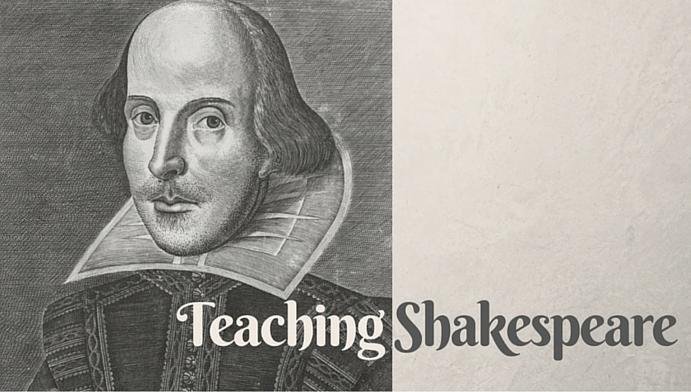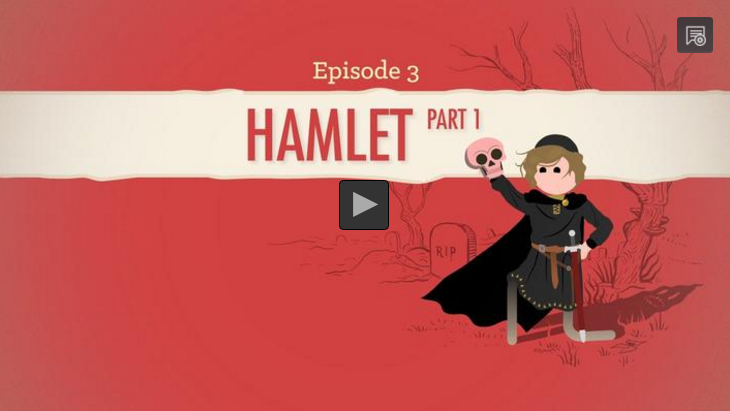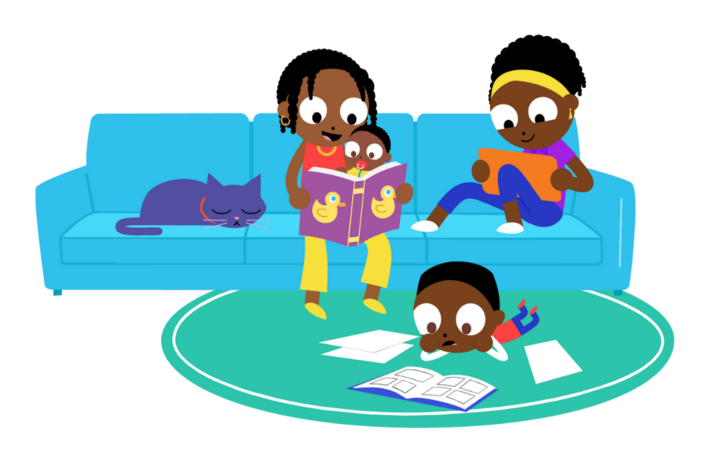
Section Branding
Header Content
Much Ado About Shakespeare: Teacher Resources And Activities
Primary Content

“The first and most important lesson...is that there are no rules about how to do Shakespeare, just clues...” ~Antony Sher and Greg Doran
Although this month marks the 400th anniversary of William Shakespeare’s death, his presence remains steadfast in classrooms across the world. Teaching Shakespeare to students requires a mixture of patience and passion. Here are some compelling ways to help his work come to life in the minds (and hearts!) of your students:
Shakespearean Elements
Shakespearean Language
Not surprisingly, there is a disconnect between the language in Shakespeare’s works and that of our 21st century students. Use this lesson as an innocuous introduction to the language and style of Shakespeare. For a fun twist, let students use this Shakespeare translator to see how modern-day language would sound in authentic Shakespearean English.
Easing into Shakespeare with a Modern Sonnet
To help students understand sonnets, try this activity that uses the modern sonnet, “What My Lips Have Kissed, And Where And Why” by Edna St. Vincent Millay, to examine techniques as a way of preparing students to read historical sonnets. Students can then read some of these student models to analyze the fluency and word choice before creating their own sonnet.
Shakespeare: The Intersection of Art and Life
PBS helps pique students’ curiosity about Shakespeare with this interactive timeline. Covering the early years through his epilogue, the timeline blends graphics, videos, and facts to provide an engaging overview of one of literature’s most notable writers.
Famous Death Lines: Pre-Reading on Your Feet
This lesson can be used as another way of introducing Shakespearean drama and language by delivering the famous last words of the characters. This is a creative way to encourage student participation while incorporating inference skills to determine character motivation from the text.
Hamlet
Enter Players: Pre-Reading Hamlet
Before students’ heads start swimming with the betrayal, guilt, and death found in Hamlet, have them complete this character mapping activity to help establish connections between characters and make inferences about character motivation.
Hamlet Part 1
In this Crash Course Literature #203 video, John Green teaches about William Shakespeare’s longest and most-performed play, Hamlet. Students will learn about the text’s overarching themes, the basic plot, and the connections between the play and the Disney movie, The Lion King.

Paparazzi Shakespeare: Ophelia’s Madness Revealed
After watching a clip called “Ophelia and Madness,” students will use role-playing and technology to discover how social media uses urgency and emotional appeal to develop a story in this lesson.
Julius Caesar
Pause, What Did You Say?: Ambiguity in Iambic Pentameter
This lesson will teach students to analyze ambiguity in Shakespeare’s meter using imperfect iambic pentameter lines from Julius Caesar.
Cutting Antony’s Speeches
Students will perform a close reading of Mark Antony’s monologue by cutting the text in half. This activity will not only help students evaluate use of tone within the speech, it will also guide them to choose appropriate tone words for their own monologues.
Macbeth
Supernatural Shakespeare and Macbeth
While reading Macbeth with your students, use this lesson from Shakespeare Uncovered to explore how Shakespeare uses supernatural elements in his writing.
“They Smack of Honor Both”: MacBeth and a Nonfiction Source
This idea teaches students to analyze and critique Shakespeare’s text in terms of plot, themes, character motivation, and character development by using a text-to-text comparison.
Romeo and Juliet
Romeo and Juliet Part I
This Crash Course English Literature #102 video explores Shakespeare’s most popular star-crossed lover and explains the meaning of the play, its structure, and the context in which it was written.
Comparing Primary Source Documents and Romeo and Juliet
Through this lesson, students will compare imagery and diction in Romeo’s speech to Juliet and Gough’s Academy of Complements (1684).
A Midsummer Night’s Dream
A Midsummer Night’s DreamTeacher’s Guide
This teacher’s guide of A Midsummer Night’s Dreamincludes teaching ideas to use throughout the reading of the play. The ideas are meant to help students understand the play as well as relate the issues confronted in the play to real life circumstances.
Staging Clues in A Midsummer Night’s Dream
Here is a lesson that will make literature come to life for your students. After analyzing a scene from Shakespeare’s A Midsummer Night’s Dream, students will connect stage directions and movements to textual evidence and create a performance that contains appropriate movement and tone.
Additional Shakespearian Resources
King Lear: Who is the man without his crown?
These videos from Shakespeare Uncovered examine how identity becomes a driving theme in King Lear after the main character gives up his crown.
Olivia, May I?: Movement in Twelfth Night
For an engaging activity based on the children’s game “Mother, May I…?”, use this lesson where students evaluate the dynamics of a scene in Shakespeare’s comedy, Twelfth Night, using the popular children’s pastime.
The Tempest Teacher’s Guide
This teacher’s guide over Shakespeare’s The Tempestprovides teachers background and activities to use while teaching what many believe to be Shakespeare’s last independently written play.
Complete Shakespeare Teaching Collection
For an easy-to-find source of credible resources, checkout PBS LearningMedia’s Shakespearean Teaching Collection. It includes background on Shakespeare as well as lesson plans and digital resources for a range of his classic literary pieces.
Folger Shakespeare Library Teacher Modules
These engaging teaching modules have been created by classroom teachers and curated by the Folger Shakespeare Library. The modules are conveniently organized by title and are sure to excite students!
Please share your go-to Shakespeare resources with us!
“The first and most important lesson...is that there are no rules about how to do Shakespeare, just clues...” ~Antony Sher and Greg Doran





